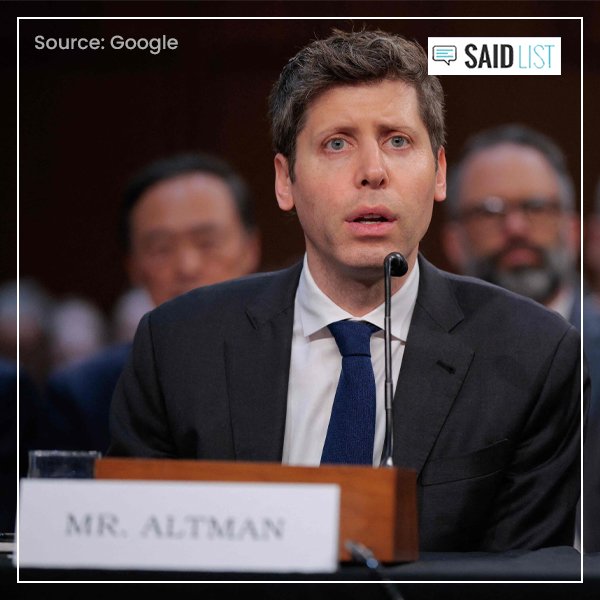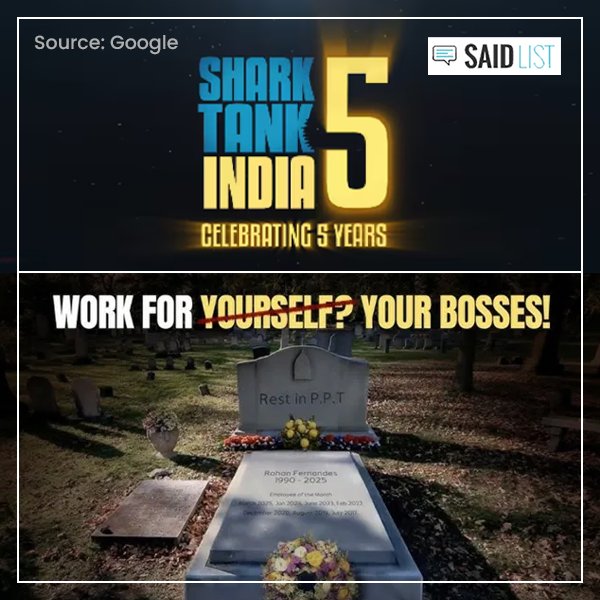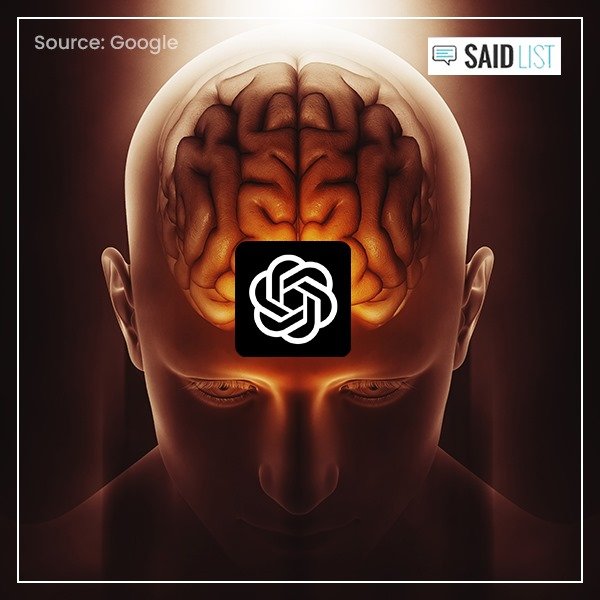In an unconventional approach, engineer Dhaval Singh organized his wedding using Jira, a project management tool, with fiancée Aditi. Transitioning from traditional methods, they replaced wedding planners and Google Sheets with tech-savvy digital tools for seamless planning. Sharing the innovative idea on X (formerly Twitter), Dhaval sparked curiosity among users about technology’s role in wedding planning. Garnering over 400,000+ views, the post became a hot topic, with users dubbing it “the most techy thing ever.”
Surprisingly, their unique use of Jira demonstrated its versatility beyond tech industry workflows, gaining admiration from many online observers. With tasks, deadlines, and assignments tracked digitally, Dhaval and Aditi embraced technology to make wedding planning efficient and stress-free.
Moreover, their story ignited debates on social media about evolving digital tools for modern events like weddings and celebrations. Transitioning away from pen-and-paper lists, this tech-savvy move highlighted the growing reliance on digital solutions in everyday life. While traditionalists favored old-school methods, many users applauded the innovative spirit of blending engineering precision with personal milestones.
The duo named their project board “Aditi-Dhaval Wedding Board,” reflecting their shared tech-savvy and love for meticulous planning. Transitioning seamlessly, their Jira board detailed pre-wedding photoshoots, guest gifts, and categories like “function rituals,” “food and catering.” Moreover, they organized tasks into sections like “to-do,” “in progress,” and “done,” ensuring real-time progress tracking with unmatched precision. Furthermore, their board even features honeymoon planning, leaving no aspect of their wedding journey overlooked in their detailed organization. Thus, their planning showcases a unique blend of creativity, technology, and teamwork, setting a new standard for wedding management.
From Google Sheets to Jira: How It All Began?
Dhaval and Aditi initially created a shared Google spreadsheet titled “wedding sheet” to organize the flood of tasks involved in planning an Indian wedding. For most couples, this would have sufficed, but Dhaval quickly realized that Google Sheets had limitations. “Google Sheets wasn’t scalable for an Indian wedding,” he explained in his post, highlighting the complexity of planning such a large event.
Indian weddings, known for their multi-day ceremonies and large guest lists, can indeed pose a logistical nightmare. Indian weddings involve multi-day rituals, multiple venues, vendors, and countless details, requiring meticulous planning and coordination. Overwhelmed, Dhaval adopted Jira, a tool for software teams, to streamline and organize his complex wedding tasks effectively. Using Jira, he tracked vendors, timelines, and logistics, ensuring smooth communication and timely execution of every detail. This innovative approach showcased how technology simplifies even the most intricate traditional event planning processes efficiently.
His post on X was a blend of humor and tech pride. He shared the screenshot of the notification he received for the “wedding sheet” and humorously captioned it, “This is the way.” In a follow-up post, he shared screengrabs from the actual Jira board, complete with task categories like “pre-wedding photoshoot” and “gifts for guests,” divided into to-do lists and progress statuses. Thus, the Aditi-Dhaval Wedding Board was born.
How the Aditi-Dhaval Wedding Board Works?
On their wedding board, Dhaval and Aditi created a breakdown of tasks into essential categories, each further divided into stages, such as “to-do,” “in progress,” and “done.” This level of organization allowed them to quickly visualize their wedding plans. Each task could be assigned to a specific timeline, and priorities could be set based on the urgency or importance of tasks. Here are some key elements they organized using Jira:
– Guest Invitations: They tracked guest invitations by categorizing tasks based on family, friends, and colleagues, ensuring everyone would be notified on time.
– Event Rituals: Indian weddings typically have several rituals. By assigning each ritual a category, Dhaval and Aditi were able to keep track of the sequence and requirements for each event.
– Catering and Food: Food is a major component of Indian weddings, with different menus often required for each event. By creating subtasks, they were able to outline specific dishes, identify caterers, and manage deadlines for tastings and finalizing the menu.
– Photography and Videography: Instead of a single line item, they added subtasks for pre-wedding shoots, on-the-day photography, videography, and editing timelines.
– Outfits and Shopping: Every Indian wedding demands elaborate attire for the bride, groom, and their families. Outfits were further broken down by events, including fittings, alterations, and pickup dates.
For Dhaval and Aditi, Jira made it easy to keep everything visible and accessible, turning what could be a chaotic process into a well-oiled operation.
The Internet’s Reaction: Humor, Admiration, and Relatable Jokes
The internet had a field day with Dhaval’s approach, with users labeling it as the most organized, tech-driven wedding planning they had ever seen. Many expressed admiration, while others found humor in imagining what it would be like to conduct wedding planning “status meetings” or “stakeholder calls” with family members.
“Glad I lived long enough to watch this happen,” one user commented, clearly amused by the tech-centric approach. Another chimed in with, “I can picture multiple Aditi <> Dhaval catchup calls to find synergies and circle back on increasing shareholder value.”
Others were quick to point out the suitability of using a project management tool for a task as complex as an Indian wedding. One user humorously declared, “If a project management tool can handle the stakeholder conflicts, fixed timelines but changing requirements, and endless dependencies of an Indian wedding, it’s ready for any market and product!”
Dhaval’s post resonated particularly well within the tech community, where many found it both amusing and inspiring. The combination of wedding planning with project management language—terms like “stakeholders,” “dependencies,” and “timelines”—struck a chord with engineers and tech professionals who saw the logic in applying their professional skills to personal events.
Jira: Not Just for Software Anymore
Jira, typically used professionally, helps teams track, plan, and manage tasks efficiently, ensuring deadlines and complexities are handled effectively. Dhaval’s creative approach highlights Jira’s flexibility, proving its ability to manage even intricate, chaotic Indian wedding planning processes seamlessly.
The Aditi-Dhaval Wedding Board featured sections for outfits, catering, and honeymoon plans, showcasing Jira’s adaptability beyond professional settings. This innovative use of project management tools demonstrates their potential to simplify complex, everyday tasks in non-traditional, personal applications.
Why Tech-Savvy Wedding Planning Might Be the Future?
In today’s tech-driven world, it’s unsurprising that wedding planning has embraced digital tools to simplify intricate processes effortlessly. With complex logistics involved, weddings benefit significantly from tools like Jira, Trello, or Asana, designed for seamless task coordination. Moreover, these platforms offer features that streamline multi-event planning, ensuring efficient communication and management of various responsibilities across teams. Dhaval’s viral post not only entertained social media but also inspired other soon-to-be-married techies to consider leveraging similar tools.
As weddings become increasingly elaborate, the need for specialized software integrating budget tracking, vendor management, and guest coordination grows significantly. Furthermore, such tools could streamline planning processes, offering all-in-one solutions tailored to the unique demands of large, multi-event celebrations.
The Future of Digital Wedding Planning
As Dhaval’s post continues to go viral, it’s clear that tech-driven wedding planning is more than a passing trend. By embracing technology in this way, couples can make wedding planning more efficient, enjoyable, and—most importantly—stress-free. The future might bring wedding-specific software, blending project management features with user-friendly customization for organizing personal milestones seamlessly.
The Aditi-Dhaval Wedding Board showcases how traditional celebrations can embrace modern technology, setting a new standard for innovative wedding planning.
If you’re interested in exploring more about the intersection of work and personal life in the tech world, check out our article on ‘Tech Groom Slammed for Working During His Wedding‘.









